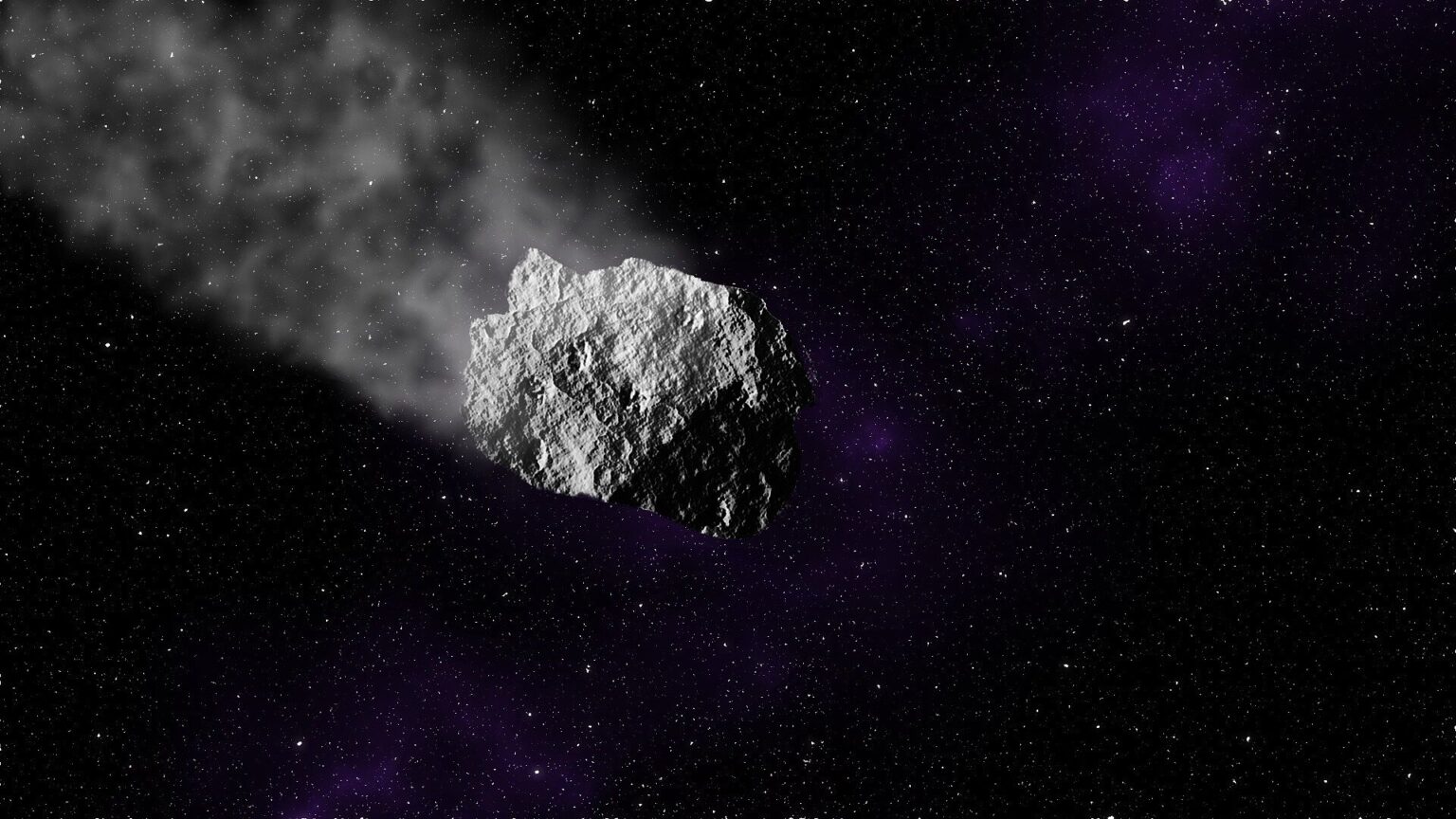On Monday morning, astronomers noticed a large meteoroid that was sure to crash into the Earth. Immediately after that, it entered the atmosphere and burned up in the sky over Western Europe. The diameter of the body was about one meter.

Meteor was seen shortly before the collision
On Monday night, at about 2:18 a.m. GMT+3, astronomer Krisztián Sárneczky, who works at the Piskestete Observatory in Hungary, discovered a celestial body very close to the Earth, which was named Sar2667. Approximately 40 minutes later, the Višnjan Observatory in Croatia confirmed its existence and declared a 100 percent probability of its collision with the Earth.
However, this event did not cause concern among scientists, because the diameter of the celestial body was about 1 m. It was renamed to 2023 CX1 and began to wait for the show. And it was not long in coming. At 4:58 a.m., the meteor entered the dense layers of the Earth’s atmosphere over Western Europe.
It turned into a bright fireball, which was noticed throughout Western Europe. The International Meteor Organization said it had received 61 reports of a fireball in Wales, England, France, Belgium, the Netherlands and Germany.
Astronomers see more meteors
Meteor 2023 CX1 almost completely burned up in the Earth’s atmosphere. However, scientists believe that some of its small fragments could reach the surface in Normandy in northern France. So, it is quite possible that they will be found soon.
And this is not the first such case predicted by Sárneczky. In March 2022, an asteroid the size of a refrigerator — about 2 meters in length – crashed into Earth two hours after he first noticed it.
It may seem that recently there have been more cases of meteors falling, which scientists see hours before. And this may cause concern that a collision with a much larger celestial body may soon occur.
But in fact, these small bodies crash into the Earth all the time. They used to be known about them only when they lit up in the sky with fireballs over crowded areas. Currently, the astronomical network is expanding and the possibilities of finding them in advance are increasing. So the danger that we will miss a large asteroid decreases.
According to phys.org
Follow us on Twitter to get the most interesting space news in time
https://twitter.com/ust_magazine

